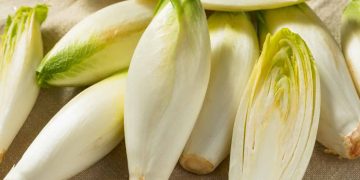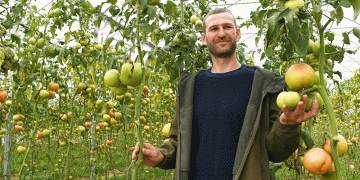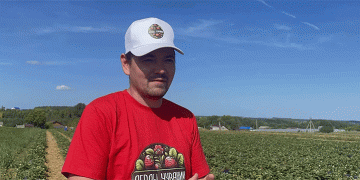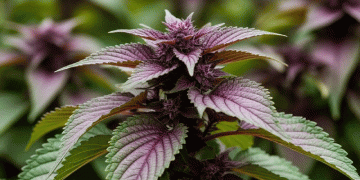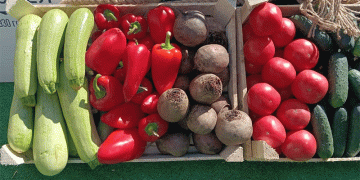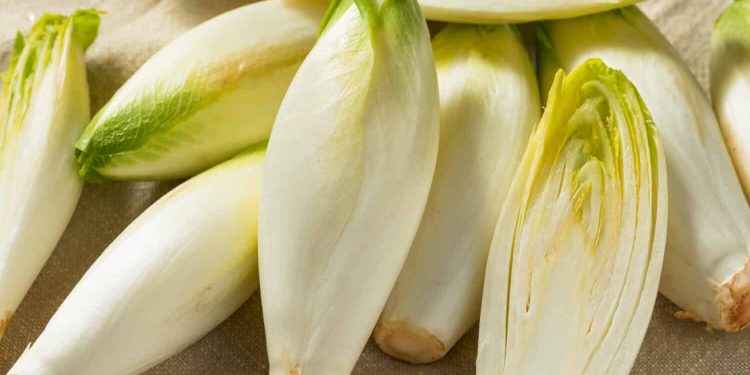#Endive #Cichoriumendivia #LeafyGreen #Cultivation #NutrientProfile #Harvesting #Farming #Agriculture
Discover the secrets of successfully growing endive, a nutritious and versatile leafy green that is often mistaken for lettuce. This article provides valuable insights into the cultivation process, nutrient profile, and harvesting techniques of endive, offering essential information for farmers, agronomists, agricultural engineers, farm owners, and scientists in the field of agriculture.
Endive, scientifically known as Cichorium endivia, belongs to the Asteraceae family and offers a range of culinary possibilities. With its crisp texture and slightly bitter taste, endive can be enjoyed grilled, raw in salads, or incorporated into various dips. Rich in essential nutrients such as Vitamin A, Vitamin K, Vitamin C, and Folate, endive is a valuable addition to a balanced diet.
To grow endive successfully, it is important to choose the right planting time and location. Ideal for USDA zones 4-9, endive thrives when planted in late July in warmer climates. Optimal growth conditions include full sunlight and well-draining, nutrient-rich soil. Scatter the endive seeds evenly on prepared soil, lightly cover them, and maintain a spacing of approximately 12 inches between plants to ensure sufficient room for growth.
Monitoring the moisture level of the soil is crucial for the successful cultivation of endive. Regular watering, especially during dry periods, is essential to promote healthy growth and prevent bitterness. A useful guideline is to water when the top inch of soil feels dry to the touch.
While nurturing your endive plants, it is important to protect them from common pests such as aphids and worms. Employing organic pest control methods like neem oil or mesh covers can effectively safeguard your plants and ensure their well-being.
The harvest time for endive varies depending on the cultivar, but it typically falls within the 60-90 day range after planting. Most cultivars are ready to be picked when the leaves reach a length of 6-8 inches.
Endive is a versatile and nutritious leafy green that deserves a prominent place in agricultural practices. By following the recommended cultivation techniques, paying attention to proper watering and pest control, and observing the appropriate harvesting time, farmers, agronomists, agricultural engineers, farm owners, and scientists can reap the benefits of this valuable crop.
